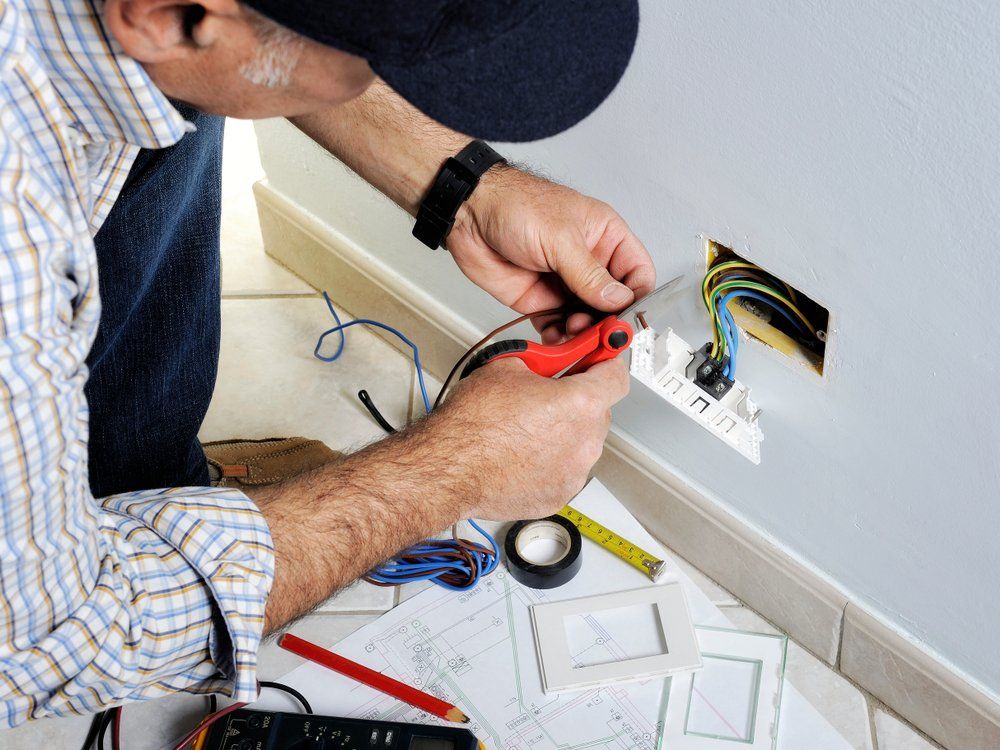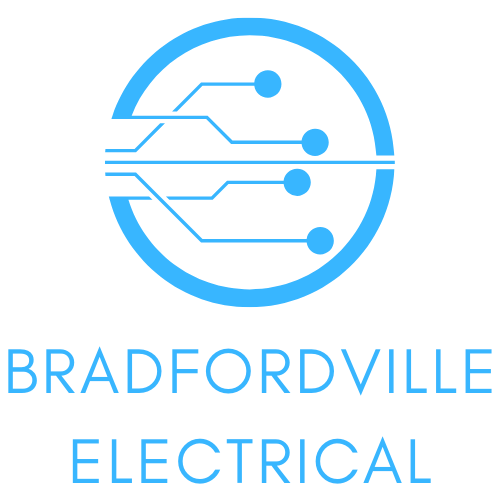
Bradfordville Electrical Installation
What is electrical installation? Electrical installation is an integral part of the construction of a building or structure. It involves the wiring of electrical equipment, such as sockets, circuit breakers, and switches. Electrical installation is governed by legal and industry standards. A licensed electrician should be hired to complete this work. However, if you are unfamiliar with the process, read on. We'll explain some of the most important aspects of this job.
Electrical installation is a vital part of building or structure construction
During building or structure construction, electrical installation plays an essential role. Wires, switches, and lighting all rely on the installation of electrical systems and equipment to run the building's systems. With new technologies emerging every day, the installation and maintenance of electrical systems and equipment is also getting more complex. Using newer technologies is an important part of the building construction process, especially when it comes to building energy efficiency.
There are many safety standards for electrical installation. First, wiring is rated according to circuit voltage and temperature. Other factors include the environmental conditions and voltage to neutral. Wires and cables are rated according to their voltage and maximum surface temperature, which dictate how much current they can safely carry. International standards for wires and cables are provided in the IEC 60228 standard of the International Electrotechnical Commission. North American standards use the American Wire Gauge.
It involves the wiring of electrical equipment
The process of constructing and installing electrical systems is often referred to as electrical installation. The wiring of electrical equipment includes all fixed electrical equipment such as sockets, light fittings, switches, and power supplies, and also the cable hiding in walls. A consumer unit also contains protective devices like fuses, circuit-breakers, and residual current devices that help prevent dangerous electric shocks. To learn more about electrical installation, read on to learn about the different types of electrical equipment and how to wire them.
Among the different types of electrical installations, there are light commercial environments and single family houses. In the former, the wiring of electrical equipment is usually relatively simple, because of infrequent structural changes and noncorrosive environmental conditions. Light commercial environments often involve frequent changes to wiring, and large apparatus are typically installed. On the other hand, heavy industrial environments have more sophisticated wiring requirements and often involve working in hazardous environments. Because of the high risk of electrical shocks and other damage, these environments may require special rules that are more stringent than those in the former.
It requires a licensed electrician
There are many reasons to hire a licensed electrician to perform electrical installation in your home. Depending on the type of work you need done, you may be able to handle the project yourself. Generally, however, you will need to consult with your local building department to ensure that you are following all the proper rules and regulations. Some municipalities allow you to obtain permits on your own, while others require that you hire a licensed electrician.
In California, you must hire an electrician with at least 3,000 hours of experience in the electrical field under the supervision of a licensed journeyman or master electrician. A two-year electrical school may be substituted for up to 1,000 hours of hands-on experience. Alternatively, you may hire a contractor with a "CE" classification, which is the same as a licensed journeyman electrician. The main difference between a journeyman and a licensed electrician is the level of experience required.
It is governed by industry standards and a legal framework
Safety regulations and industry standards govern many aspects of electrical installation. Some of these are absolute, such as the requirement to install all equipment properly; others are more flexible and include provisions for certain exceptions. The National Electrical Code, or NEC, is the standard by which electrical installations and maintenance should be performed. These guidelines ensure a high level of electrical safety in your home or office. Here are some things you need to know.
There are several industry standards to consider when it comes to electrical installations. Generally, these are based on British Standards 7671, which is co-published by the IET and BSI. The NEC is a set of guidelines that states can adopt and apply to electrical installations. These guidelines are intended to simplify terminology and processes. In many cases, they also state what documentation is required for certain installations.
It involves the installation of nonmetallic (NM) cable
Nonmetallic cable, also known as non-conducting wire or NM cable, is one of the most common types of electrical cables. NM cable is a good option for installation in walls, attics, basements, and residential garages. However, it should be protected against physical damage. NM cable must be installed at least six inches above the floor. For more information, see the NFPA 70 electrical installation guidelines.
NM cable was invented in 1922 and described in the National Electrical Code in 1926. However, the cable did not become widespread until the 1960s, when plastics replaced woven rayon as the outer sheathing. After the 1960s, NM cable became the standard in residential wiring, and it is used in almost every application except for exposed locations. The main difference between NM cable and conduit is their physical appearance.
It involves the wiring of direct-burial cable
Direct-burial cable is a more durable choice for underground installation because it has been engineered to withstand exposure to moisture and soil. Direct-burial cable is rated for wet or dry conditions, and its rugged jacket can withstand heavy impacts. It is also UL 1685 flame-resistant, making it suitable for direct burial. This type of cable also requires supplemental ratings. The NEC article 300 outlines the installation process.
In the wiring process, trenchers dig the trench for the direct-burial cable and PVC pipe. The cable is then placed into the trench, which includes cutting the egress and ingress holes from the starting point of the run. They also use the PVC conduit outlet body for feeding the wire. The PVC conduit outlet body is designed to prevent sharp right angles while burying the cable in the ground.
